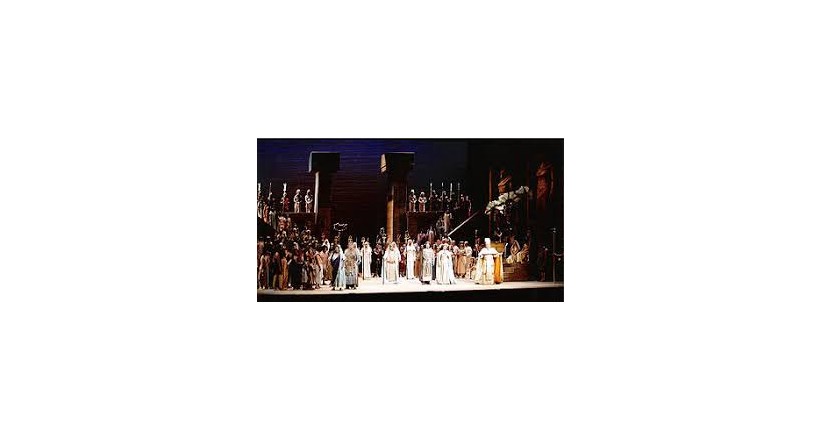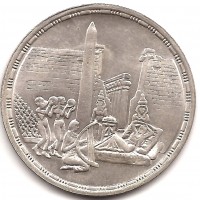The manuscript of the opera Aida was discovered by the French archaeologist August Marita in the Nile Valley. The manuscript is a four-page story. Her story was written by Merit Pasha, the famous Egyptian Frenchologist. Her text was written by the lyricist Jesella Nazoni. After her translation she was handed over to Italian musician Verdi In 1870, in order to compose the opera Aida at the request of Khedive Ismail, Verdi put the music for Aida's opera for 150,000 francs. The decor and work clothes were designed in Paris and cost 250,000 francs. Khedive Ismail ordered the opera house to be ready in six months In 1869, to celebrate the opening of the Suez Canal, It was created by two Italian architects, Avoccan and Rossi. The opera was established between Al-Azbekiya and Al-Ismailia. Many artists and photographers were used to beautify the house with paintings and pictures of leading artists and poets. Due to the late arrival of Aida's clothes and decorations from Paris, An Italian international band that presented the opera "Rigoletto" at the theater of the opera house of Khedive, which was famous at the time Aida is a dramatic piece of music composed by a lyrical dialogue. The opera Aida is a piece of titration that includes scenes and dance paintings interspersed with music that is divided into four chapters that embody the conflict between duty and emotion. It tells the story of the love that arose between the Ethiopian prisoner Aida and Radamis, Who was sentenced to death by Pharaoh Egypt after having proved his attempt to escape with Aida to Abyssinia, Aida's opera was first performed in 1871 at the theater of the old opera house Khedive. Verdi was unable to attend and was presented in Europe for the first time at L'Escala Theater in Italy in February 1872
New Items
Popular Tags






